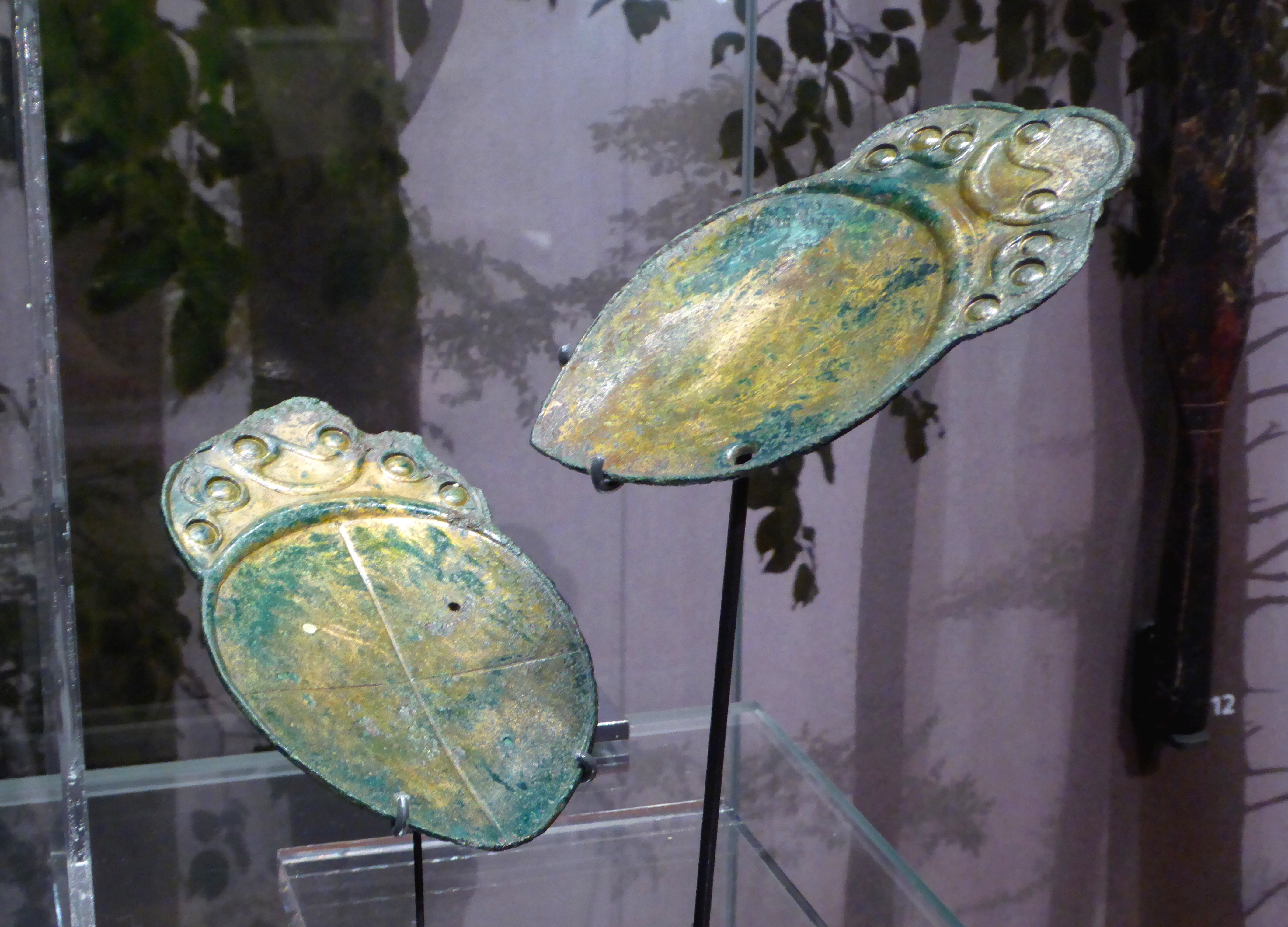Castellnadolig
Heritage Site in Cardiganshire
Wales
Castellnadolig

Castellnadolig, located in Cardiganshire, Wales, is a significant heritage site that holds historical and cultural significance. The site is home to the ruins of a medieval castle, which was built in the 13th century by the Normans. The name "Castellnadolig" translates to "Christmas Castle," although the origins of this name remain unknown.
The castle is situated on a hilltop, providing visitors with breathtaking views of the surrounding countryside. The ruins consist of stone walls, towers, and remnants of a great hall, giving insight into the castle's former grandeur. The architecture showcases a mix of Norman and Welsh influences, reflecting the complex history of the region.
Castellnadolig played a prominent role in Welsh history, witnessing numerous conflicts and changes of ownership over the centuries. It was frequently targeted during battles between the English and Welsh forces, as it held strategic importance in the region. Despite its turbulent past, the castle remained standing until the 17th century when it fell into disrepair and was eventually abandoned.
Today, Castellnadolig is a popular tourist attraction, drawing visitors from near and far who are intrigued by its rich history. The site offers guided tours, allowing visitors to explore the ruins and learn about the castle's fascinating past. Additionally, the surrounding landscape provides ample opportunities for outdoor activities such as hiking and picnicking.
Overall, Castellnadolig in Cardiganshire stands as a testament to Wales' medieval heritage, offering an immersive experience into the region's history and providing visitors with a glimpse into the castle's former glory.
If you have any feedback on the listing, please let us know in the comments section below.
Castellnadolig Images
Images are sourced within 2km of 52.127/-4.492 or Grid Reference SN2950. Thanks to Geograph Open Source API. All images are credited.

![Gaer Pwntan Parked below house of Preston North End supporter then used good marked footpath to access Pwntan Quarry trig at the summit.
Name: Gaer Pwntan
Hill number: 15361
Height:225m / 738ft
Parent (Ma/M): 2221 Rhos Ymryson
Section:31C: South-West Wales
County/UA: Cardiganshire [Ceredigion] (CoU)
Class: Tump (200-299m)
Grid ref:SN291493 (est)
Drop: 41m
Col:184m SN313508](https://s1.geograph.org.uk/geophotos/04/66/69/4666997_b96505cf.jpg)
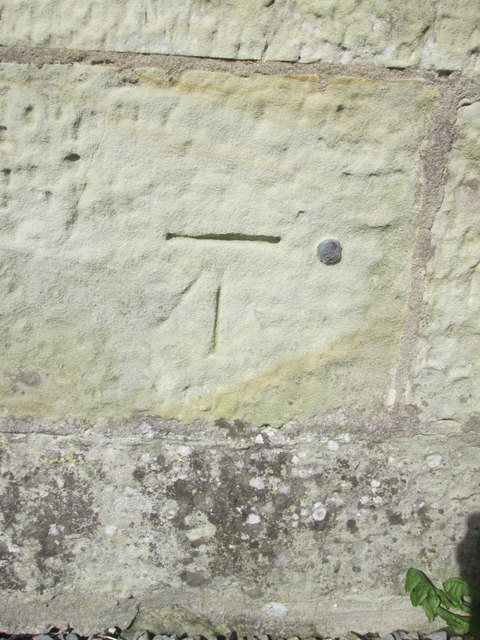


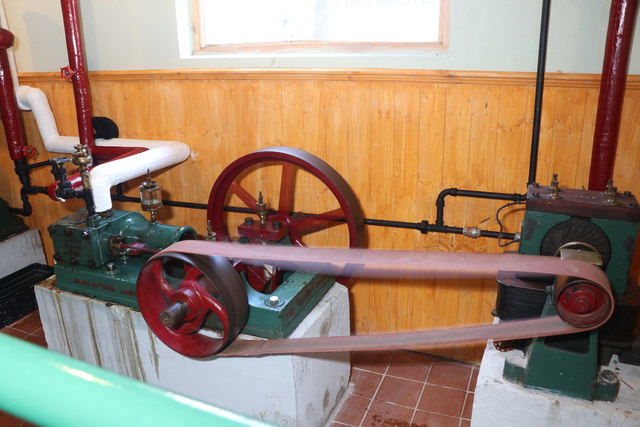

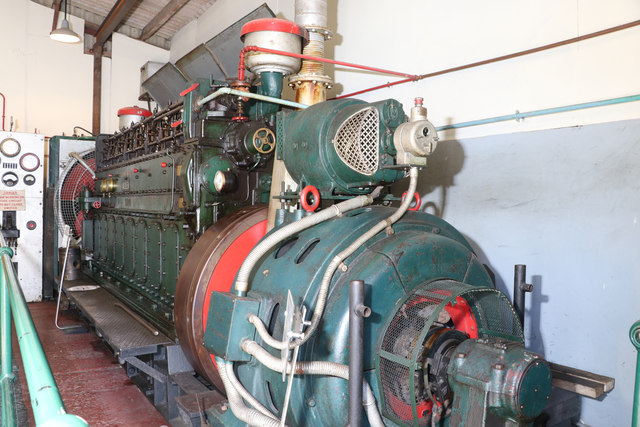
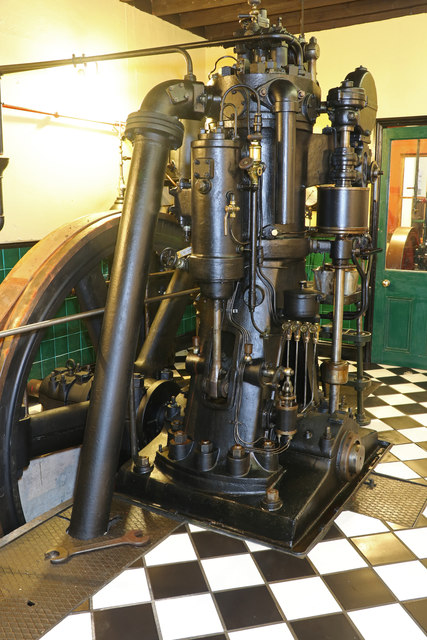



Castellnadolig is located at Grid Ref: SN2950 (Lat: 52.127, Lng: -4.492)
Unitary Authority: Ceredigion
Police Authority: Dyfed Powys
What 3 Words
///restore.crumples.added. Near Aberporth, Ceredigion
Nearby Locations
Related Wikis
Castell Nadolig
Castell Nadolig ("Christmas Castle") is an Iron Age hillfort, about 2.5 miles (4 km) east of the village of Aberporth and about 1 mile (2 km) south of...
Dyffryn-bern
Dyffryn-bern is a small village in the community of Penbryn, Ceredigion, Wales, which is 72.4 miles (116.5 km) from Cardiff and 191.8 miles (308.6 km...
Penbryn
Penbryn (grid reference SN296520) is a small coastal village and community in Ceredigion, Wales, about 8 miles (13 km) from Cardigan. == History == �...
Tan-y-groes
Tan-y-groes (or Tanygroes) is a hamlet in the community of Penbryn, Ceredigion, Wales, which is 11 km (7 mi) east of Cardigan on the A487 trunk road....
Nearby Amenities
Located within 500m of 52.127,-4.492Have you been to Castellnadolig?
Leave your review of Castellnadolig below (or comments, questions and feedback).





